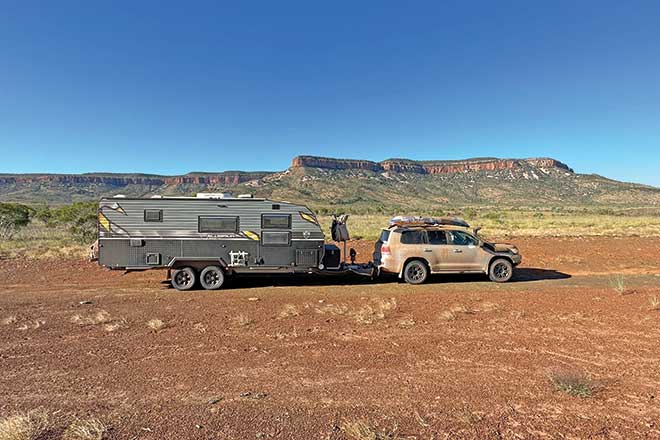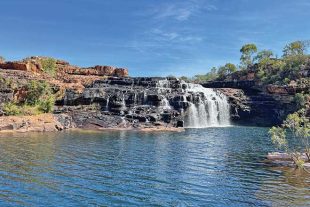One of the biggest expenses on an extended trip is fuel – in my case diesel.
Managing diesel usage can a make a massive difference in dollars spent or saved.
Our tow vehicle was a 2018 V8 twin turbo diesel Toyota LandCruiser and we were towing a 22’6” JB Scorpion Sting caravan, which weighed about 3300-3500kg for most of the trip.
There is an old saying that to get power from an engine you need to feed it fuel, which is true, however you can also use this theory to minimise fuel usage.
If you have the ‘right’ amount of power and the vehicle is set up for touring and towing, you’re on the right track to start managing your fuel.
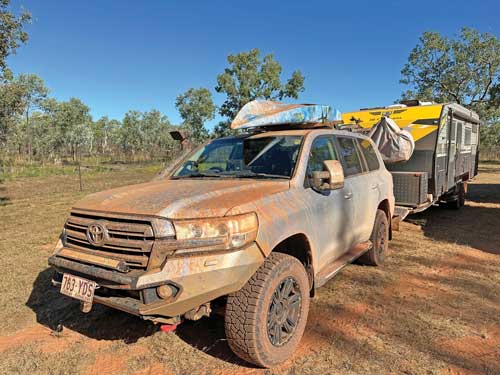
It’s worth noting that before we headed off, I had the LC tuned – which has a towing-specific tune that’s engaged via the turn of a knob.
There’s also a power tune and lumpy-idle tune, as well as an immobiliser that I thought would be handy for when we were in remote country and away from the vehicle.
A tune is not the be all or end all, yet since the LC was out of warranty and we’re planning on keeping it for a while, I decided to go ahead with it.
That said, fuel savings can be made without a tune and really, to recoup the money spent on the tune would take a lot of driving.
However, there were noticeable savings in fuel when the towing tune was turned on – our LC displayed the fuel usage in a graph and we also calculated how many litres of diesel we used per 100km on each fill.
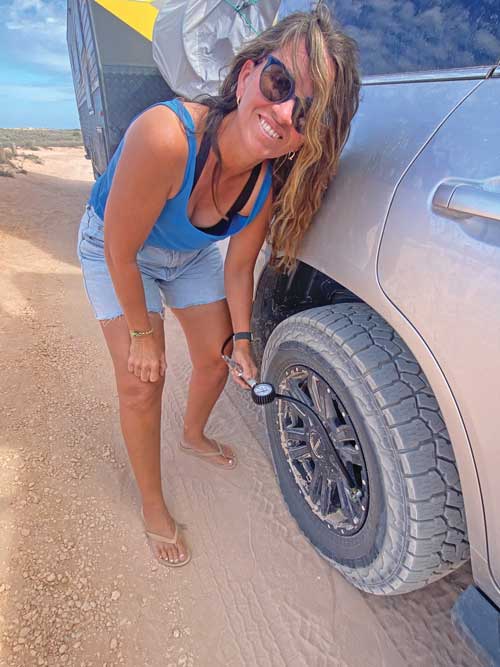
We did this religiously for about the first three months of the trip and our results ranged from 20-25 litres per 100km.
Pretty good considering we were towing a heavy van most of the time.
In my opinion, there are three main factors that contribute to fuel usage – total weight, wind direction and how you drive.
Other factors such as tyre pressure, road conditions and temperature also need consideration, however manage the first three and you’ll be on your way to punching out some good fuel figures.
Regarding weight, you may think there isn’t much you can do about it, though in our case there was.
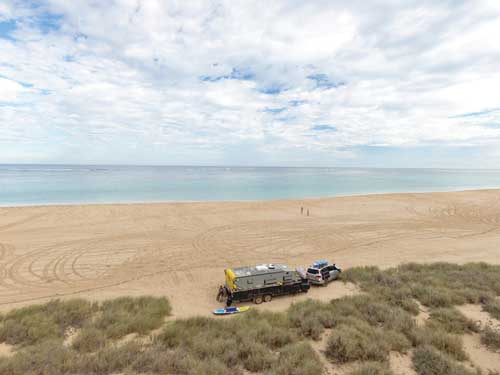
We had three water tanks that held 240 litres in total – two 90-litre for washing and one 60-litre for drinking – which meant we had about 240kg to play with.
It was actually a little more because I also had two empty 20-litre water drums and two 23-litre jerry cans that were empty most of the time… unless we needed to travel longer distances or were off road, or if cheaper fuel was a little further down the road that normally would have been out of range.
In short, the lighter you can make your entire setup, the less fuel you’ll use when driving or towing.
Wind direction is another big factor when it comes to fuel usage.
Thankfully, we had the wind behind us for the most part – which could have been due to the time of year or the direction we were doing the lap.
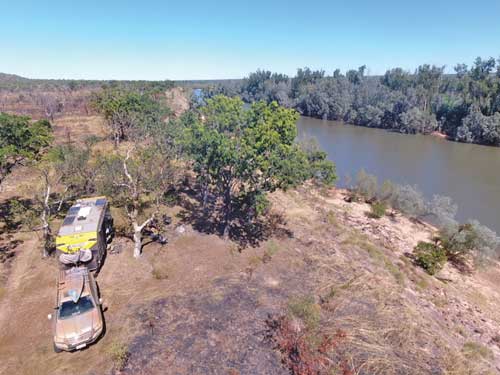
While you can’t control the weather, you can try using it to your advantage whenever possible.
I often checked out apps such as Windy to get an idea of wind direction for the coming days, so if required, we would alter the plan a little.
Which was as simple as leaving early in the morning instead of the afternoon.
While not actually wind direction, I would put aerodynamics into this category too.
Interestingly, I get the same if not better fuel economy when I have the car topper on the LC.
My boat loaded is positioned very low and the car topper has a pointy nose, so it must part the wind around the relatively high fully off-road van – which is great!
However, for our recent lap, I didn’t take the boat but did put a kayak on the roof, which may also have helped to part the wind over and around the van.
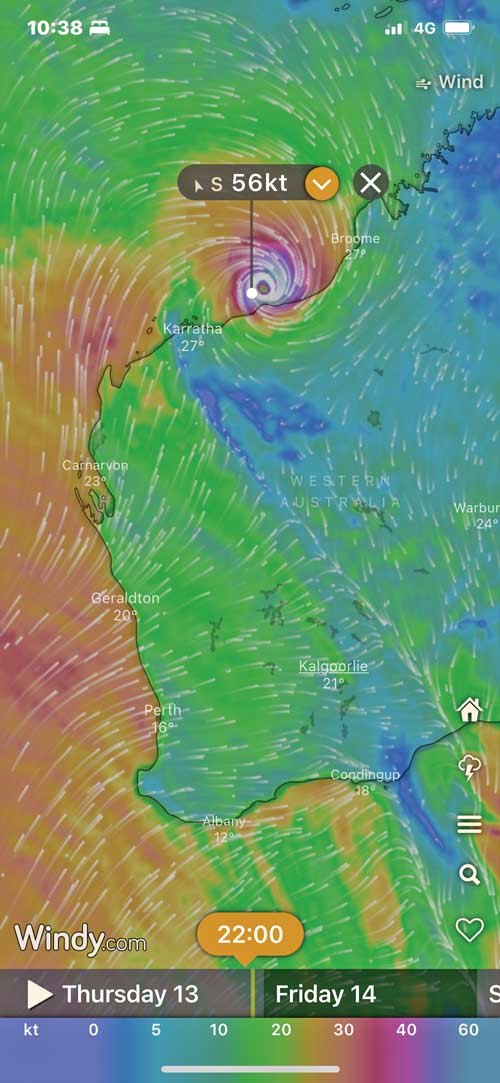
The other main factor that you do have control over is how you drive.
While I’m not one to sit on 80km/h to save fuel, reducing your speed can save you fuel.
I prefer to get the rig up and moving, so we sat at about 100km/h most of the time, which seemed to be a sweet spot for us.
Also, I tow in S5, which stops the gearbox searching for gears going up and down small hills, and it reduces gearbox temperature and saves fuel.
Our LC has also been fitted with a Richards Auto Electrical Lockup Kit that helps in holding gears, so the engine isn’t revving up and down all the time.
By having steady acceleration and reading the road – speeding up when approaching a hill, backing off before getting to the top – you can maximise the distance you get out of your fuel.
As mentioned, there are more factors that will contribute to fuel efficiency and saving dollars, but these should get you moving in the right direction.
Each vehicle is different in how they tow, so a bit of trial and error is often the way to go to get your rig set up for some diesel-efficient travelling.
 Bush ‘n Beach Fishing Magazine Location reports & tips for fishing, boating, camping, kayaking, 4WDing in Queensland and Northern NSW
Bush ‘n Beach Fishing Magazine Location reports & tips for fishing, boating, camping, kayaking, 4WDing in Queensland and Northern NSW

